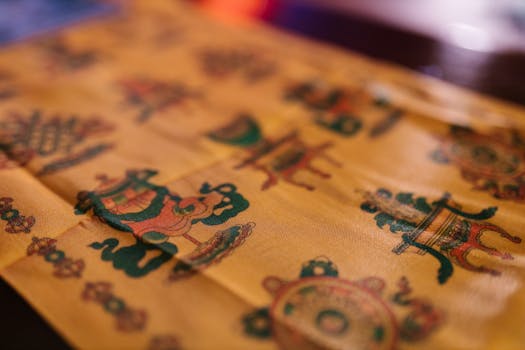Connecting Cultures: The Story Behind Africa’s Diverse Fiber Traditions – WordPress

Connecting Cultures: The Story Behind Africa’s Diverse Fiber Traditions – WordPress
Connecting Cultures: The Story Behind Africa’s Diverse Fiber Traditions – WordPress. Africa is a continent renowned for its rich cultural heritage, and one of the most significant aspects of this heritage is its diverse fiber traditions. From the vibrant textiles of West Africa to the intricate basketry of East Africa, each region has its unique fiber traditions that reflect the history, values, and beliefs of its people.
Introduction to African Fiber Traditions
African fiber traditions are a testament to the continent’s ingenuity and creativity. For centuries, Africans have been using fibers from various sources, including plants, animals, and synthetic materials, to create a wide range of products, from clothing and textiles to baskets and mats. These fiber traditions have played a significant role in shaping the cultural identity of African communities, and they continue to be an essential part of African cultural heritage.
The Significance of Fiber Traditions in African Cultures
Fiber traditions in Africa are more than just a means of creating functional products; they are also a way of expressing cultural values, beliefs, and history. In many African cultures, fiber traditions are closely tied to spiritual and religious practices, and they are often used to convey messages, tell stories, and pass on cultural knowledge from one generation to the next. For example, in some West African cultures, textiles are used to communicate messages about status, wealth, and power, while in other cultures, baskets are used to store and preserve food, as well as to carry sacred objects.
Regional Fiber Traditions in Africa
Africa is a vast and diverse continent, and its fiber traditions reflect this diversity. Each region has its unique fiber traditions, shaped by its history, geography, and cultural practices. In West Africa, for example, the Ashanti people of Ghana are renowned for their vibrant kente cloth, which is woven from silk and cotton threads and is used to communicate messages about status, wealth, and power. In East Africa, the Maasai people of Kenya and Tanzania are known for their intricate beadwork and basketry, which are used to create beautiful and functional products.
Promoting African Fiber Traditions through WordPress
In recent years, there has been a growing interest in promoting African fiber traditions, both locally and internationally. WordPress, with its global reach and user-friendly platform, has emerged as a powerful tool for promoting African fiber traditions. African artists, designers, and cultural enthusiasts are using WordPress to showcase their fiber traditions, share their cultural heritage, and connect with a global audience. By using WordPress, African fiber artists can create online platforms to showcase their work, share their stories, and sell their products, thereby promoting their cultural heritage and supporting their local communities.
Conclusion
In conclusion, African fiber traditions are a rich and diverse aspect of African cultural heritage. From the vibrant textiles of West Africa to the intricate basketry of East Africa, each region has its unique fiber traditions that reflect the history, values, and beliefs of its people. By promoting these fiber traditions through WordPress, African artists, designers, and cultural enthusiasts can connect with a global audience, share their cultural heritage, and support their local communities. As we continue to celebrate African cultural heritage, let us also recognize the significance of fiber traditions in shaping the cultural identity of African communities, and let us work together to preserve and promote these traditions for future generations.



